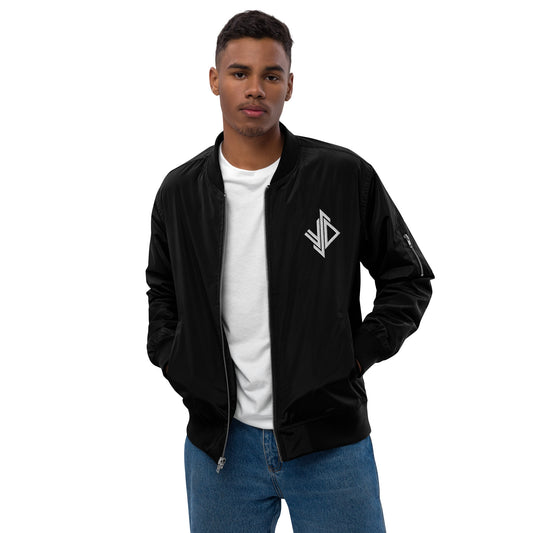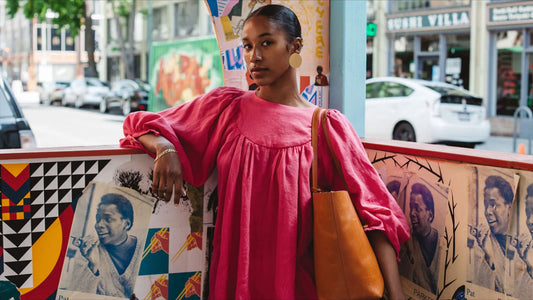
Beyond Fast Fashion: Shift Towards Conscious Consumerism
The fashion industry has long been synonymous with rapid change, seasonal collections, and the relentless pursuit of the next big trend. Fast fashion, in particular, has dominated the landscape for decades, offering consumers affordable, on-trend clothing at an unprecedented pace. However, as the environmental and social costs of this model become increasingly apparent, a seismic shift is underway. Today, we are witnessing the rise of conscious consumerism and a move toward timeless trends that prioritize quality, sustainability, and ethical practices over disposable style.
This blog post explores the evolution of fashion from fast fashion’s heyday to the growing demand for sustainable, enduring styles. We will delve into the reasons behind this shift, the key players driving change, and how consumers can embrace a more mindful approach to their wardrobes.
The Rise and Fall of Fast Fashion

Fast fashion emerged in the late 20th century as a response to consumer demand for affordable, trendy clothing. Brands like Zara, H&M, and Forever 21 revolutionized the industry by shortening production cycles and offering new styles every few weeks. This model was wildly successful, making fashion accessible to the masses and fueling a culture of constant consumption.
However, the true cost of fast fashion soon became impossible to ignore. The industry is one of the largest polluters globally, contributing to water pollution, textile waste, and greenhouse gas emissions. Additionally, the exploitation of garment workers in developing countries has sparked outrage and calls for accountability.
As awareness of these issues grew, consumers began to question the ethics of their purchasing habits. The rise of social media and documentaries like *The True Cost* shed light on the dark side of fast fashion, prompting a reevaluation of what it means to be stylish.
The Emergence of Conscious Consumerism

Conscious consumerism is a movement that encourages individuals to make purchasing decisions that align with their values. In the context of fashion, this means prioritizing brands that prioritize sustainability, ethical labor practices, and transparency.
Several factors have contributed to the growth of this movement:
1. Environmental Awareness: Climate change and environmental degradation have become pressing global concerns. Consumers are increasingly aware of the impact their choices have on the planet and are seeking out eco-friendly alternatives.
2. Social Responsibility: The exploitation of garment workers in fast fashion supply chains has sparked a demand for fair labor practices. Consumers want to know that the people making their clothes are treated fairly and paid living wages.
3. Quality Over Quantity: As the drawbacks of disposable fashion become evident, many are opting for higher-quality pieces that last longer and offer better value over time.
4. Transparency: Brands that openly share information about their supply chains and production processes are gaining trust and loyalty from consumers.
These shifts have given rise to a new generation of fashion brands that prioritize sustainability and ethics. Companies like Patagonia, Everlane, and Reformation are leading the charge, proving that it is possible to create stylish, high-quality clothing without compromising on values.
The Appeal of Timeless Trends

One of the most significant aspects of the move away from fast fashion is the embrace of timeless trends. Unlike fleeting fads, timeless trends are characterized by their enduring appeal and versatility. These styles transcend seasons and can be worn year after year, making them a more sustainable choice.
Key elements of timeless fashion include:
1. Neutral Color Palettes: Colors like black, white, beige, and navy are versatile and never go out of style.
2. Classic Silhouettes: Pieces like tailored blazers, trench coats, and straight-leg jeans are perennial favorites.
3. High-Quality Fabrics: Natural materials like cotton, wool, and linen are durable and age beautifully.
4. Minimalist Design: Simple, understated designs are more likely to stand the test of time than overly embellished or trendy pieces.
By investing in timeless trends, consumers can build a wardrobe that is both stylish and sustainable. This approach not only reduces waste but also encourages a more thoughtful relationship with clothing.
How to Embrace Conscious Consumerism

Transitioning from fast fashion to a more mindful approach to fashion may seem daunting, but it is entirely achievable with a few practical steps:
1. Educate Yourself: Learn about the environmental and social impact of the fashion industry. Resources like documentaries, books, and online articles can provide valuable insights.
2. Support Ethical Brands: Seek out brands that prioritize sustainability and ethical practices. Look for certifications like Fair Trade, GOTS (Global Organic Textile Standard), and B Corp.
3. Buy Less, Choose Well: Focus on quality over quantity. Invest in pieces that are well-made and versatile, rather than buying impulsively.
4. Care for Your Clothes: Extend the life of your garments by following proper care instructions. Repair items when possible instead of discarding them.
5. Secondhand and Vintage Shopping: Thrift stores, consignment shops, and online platforms like Poshmark and Depop offer a wealth of pre-loved fashion options.
6. Rent or Borrow: For special occasions or one-time wears, consider renting clothing from services like Rent the Runway or borrowing from friends.
The Role of Technology in Sustainable Fashion

Technology is playing a crucial role in driving the shift toward sustainable fashion. Innovations like 3D printing, biodegradable fabrics, and blockchain for supply chain transparency are transforming the industry.
For example, 3D printing allows for on-demand production, reducing waste and overstock. Biodegradable fabrics, such as those made from algae or mushrooms, offer eco-friendly alternatives to synthetic materials. Blockchain technology enables brands to provide consumers with detailed information about the origins of their products, fostering trust and accountability.
These advancements are not only making sustainable fashion more accessible but also pushing the industry toward a more responsible future.
The Future of Fashion

The shift away from fast fashion and toward conscious consumerism represents a fundamental change in how we think about clothing. It is a movement that values quality over quantity, ethics over exploitation, and sustainability over disposability.
As more consumers embrace this mindset, the fashion industry will continue to evolve. Brands that fail to adapt risk being left behind, while those that prioritize sustainability and transparency will thrive.
Ultimately, the future of fashion lies in our hands. By making informed choices and supporting ethical practices, we can create a more sustainable and equitable industry—one timeless trend at a time.
In conclusion, the rise of conscious consumerism and timeless trends marks a turning point in the fashion industry. It is a shift that challenges us to rethink our relationship with clothing and to prioritize values that extend beyond aesthetics. As we move forward, let us embrace this opportunity to redefine what it means to be fashionable—and to do so with integrity and purpose.








